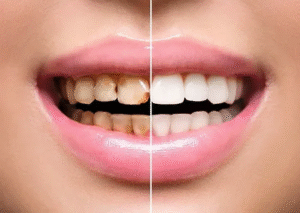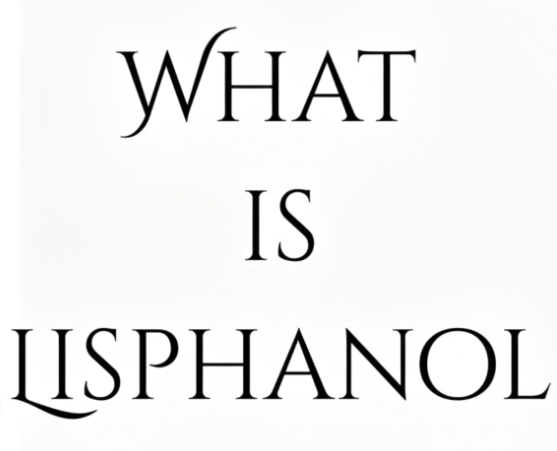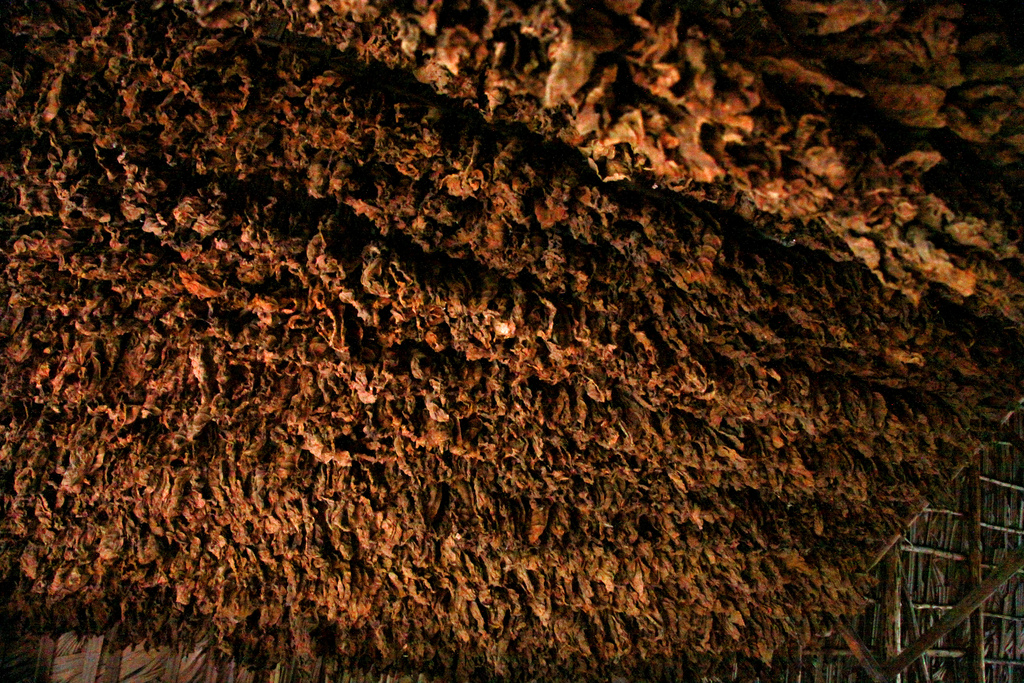Ever noticed weird spots in your mouth or some odd color changes on your teeth? It happens more often than you’d think. At first glance, these things might feel harmless. But sometimes they’re signs of deeper issues. Both ugly stains on teeth and sudden mouth sores can mess with confidence. Not just that, they also affect comfort and health. Understanding why this happens clears up confusion. And once you know, prevention and treatment make a lot more sense.
Why Do Teeth Develop Brown Stains?
Discolored teeth are way more common than people admit. Dark marks or brown stains on teeth don’t always mean you slack on brushing. In fact, studies from the National Institute of Dental and Craniofacial Research point to other triggers. Think coffee, tea, wine, smoking, or even meds like antibiotics taken early in life. (Source: NIDCR). Pigments adhere to enamel over time and penetrate deeply. Toothpaste won’t fix that. Dentists usually recommend pro cleanings or whitening treatments when stains become stubborn.

Oral Health as a Reflection of Overall Health
Dentists often say the mouth shows what’s happening inside the body. And they’re right. Brown stains or recurring sores aren’t always just cosmetic. For example, iron deficiency can cause gum issues and unusual blisters. Recurrent ulcers are common in people with celiac disease. Harvard Health Publishing even notes that mouth symptoms appear before other health problems. (Source: Harvard Health). Basically, your mouth can be the first warning system.
Treatment and Prevention Options
So what do you do? The fix isn’t always cosmetic. Dentists suggest full checkups for sudden stains or repeat blisters. Treatments range from whitening for enamel to ointments for sores. Sometimes doctors even run blood work if they suspect something systemic. Prevention still matters most. Cut back on sugar, brush daily, floss, and avoid smoking or chewing tobacco. Those small habits build a huge defense.
Why This Matters for Daily Life
This stuff goes beyond looks. Stains on teeth and sores in the mouth hit harder than people realize. They affect speech, eating, smiling, even self-esteem. Research in the Journal of Dental Research shows visible oral issues hurt mental health too. That’s why dentists emphasize routine visits. It’s not just about a shiny smile. It’s about catching early warnings the body’s trying to send.
Self-Care Habits That Make a Difference
The dentist’s chair helps, but daily choices matter too. A few hacks go a long way. Rinse with water after coffee. Use a straw for drinks that stain. Book professional cleanings every six months. For blisters, reduce stress, skip spicy food, and check dental appliances for rough edges. Tiny tweaks like these lower risks and make life easier.
What Causes Blood-Filled Blisters in the Mouth?
Now let’s talk about the soft tissues. Cheeks, gums, tongue they take a lot of hits daily. Occasionally, a blister with blood in mouth will be abruptly visible. Usually, it happens after biting your cheek or from sharp food irritation. Research in the Journal of Oral Pathology & Medicine says most blood blisters heal in a week or so. (Source: Wiley Online Library). But here’s the catch. If sores keep popping up or won’t heal, it could be more serious. Oral lichen planus, clotting issues, or even oral cancer can start with such symptoms.

When to Seek Professional Help
Most stains and blisters heal or improve with care. But not always. Sudden dark patches on teeth with no diet change? That’s a red flag. Blisters that don’t stop bleeding or that don’t go away after two weeks? Definitely get it checked. Pain, swelling, or fast color changes shouldn’t be ignored. Early treatment is easier, safer, and brings peace of mind.
Conclusion
Brown tooth stains and blood-filled blisters sound unrelated. But they both tell stories about your health. They remind us that oral care isn’t just about looks it’s about long-term well-being. Paying attention, learning causes, and seeking the right help early can protect way more than your smile.
FAQs
1. Can brown stains on teeth be removed at home?
Light stains might fade with whitening toothpaste. Deep stains need a dentist’s touch.
2. Are blood blisters in the mouth dangerous?
Most heal quickly. But frequent or painful ones need professional attention.
3. What foods cause the most staining?
Red wine, tea, coffee, and soy sauce are major offenders. Smoking makes it worse.
4. Do oral blisters always mean cancer?
Not at all. Most are harmless, but persistent sores need testing.
5. How can I prevent both stains and sores?
Brush daily, avoid smoking, limit dark drinks, stay hydrated, and get regular dental checkups.


